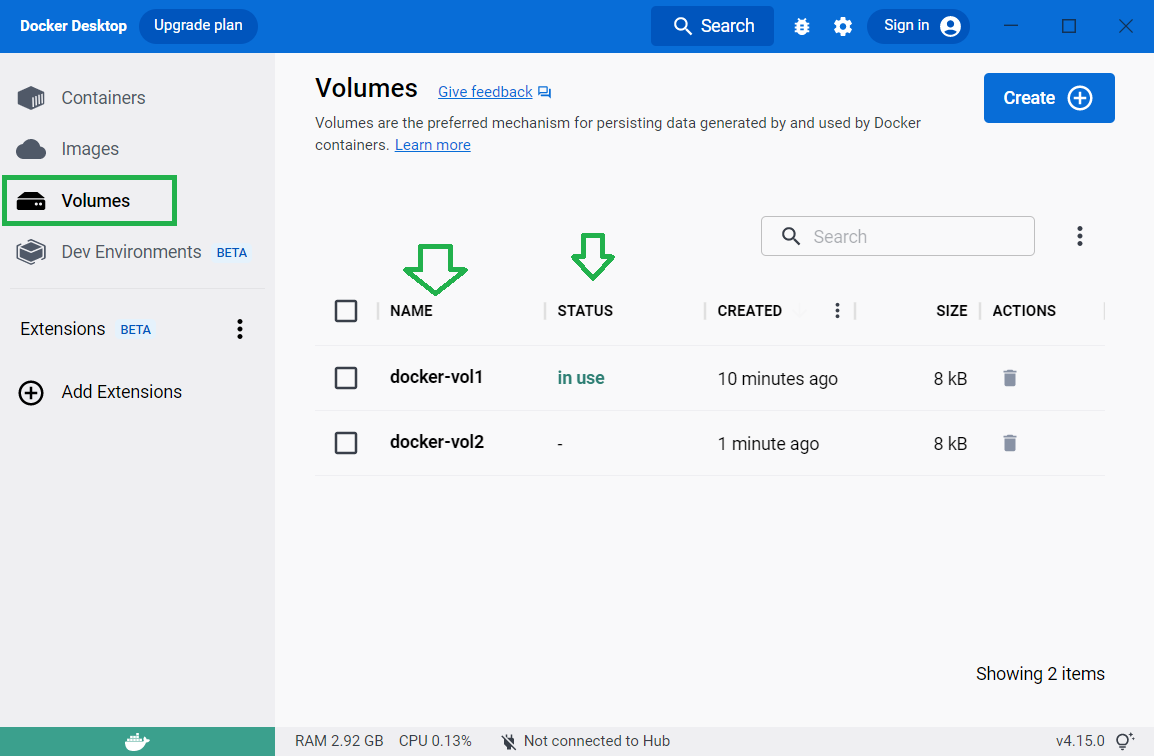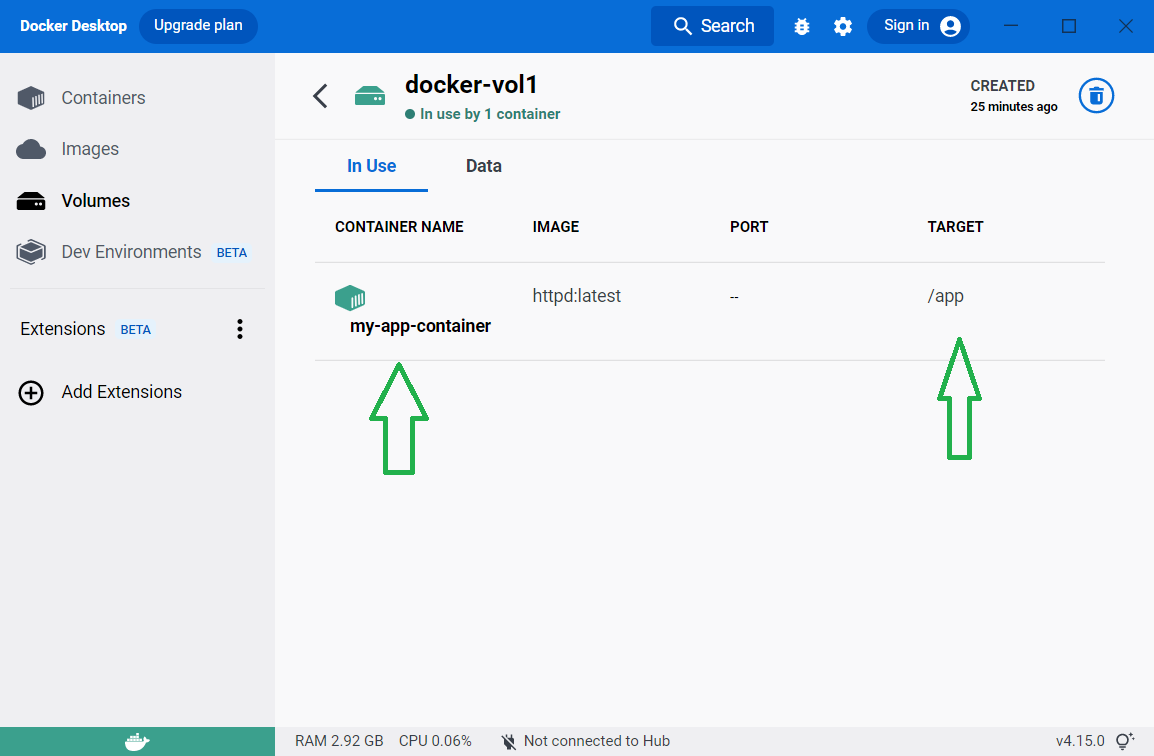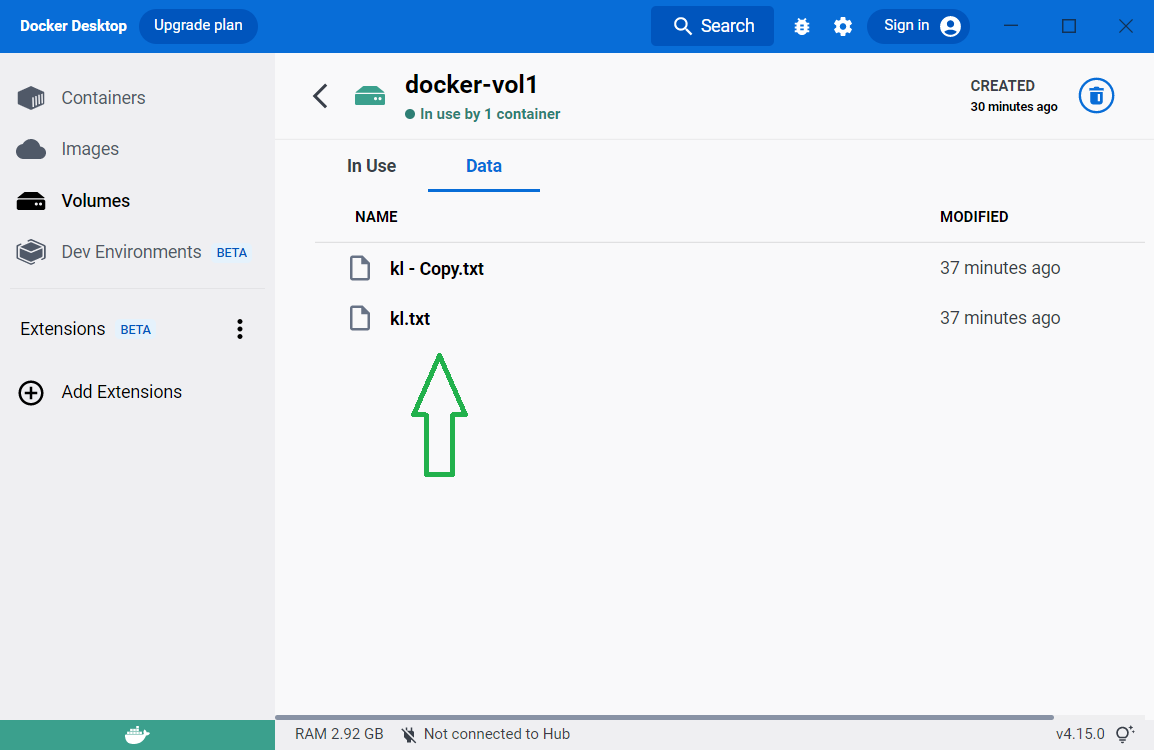#
How the volumes are used in Docker
This tutorial explains how the volumes could be used in Docker.
#
Short explanation
Here are some points to underline:
- by default data in Docker containers is not persistent (the data doesn’t persist when that container no longer exists)
- in order to persist that data we need to store files on the host machine. We have 2 options here:
volumesbind mounts
volumes :
- Are stored in a part of the host filesystem which is managed by Docker (/var/lib/docker/volumes/ on Linux).
- Non-Docker processes should not modify this part of the filesystem.
- Volumes are the best way to persist data in Docker.
bind mounts :
- May be stored anywhere on the host system.
- They may even be important system files or directories.
- Non-Docker processes on the Docker host or a Docker container can modify them at any time.
#
Docker volume usage
The following example are using the Docker volume created in How we can manage volumes in Docker tutorial.
Start a container with a volume:
docker run -d --name my-app-container -v docker-vol1:/app httpd:latestThe same thing could be done by using mount instead v:
docker run -d --name my-app-container --mount source=docker-vol1,target=/app httpd:latestInfo
In general, --mount is more explicit and verbose. The biggest difference is that the -v syntax
combines all the options together in one field, while the --mount syntax separates them.
If we are using Docker Desktop we can see the containers which use a specific volume and the content of each volume.
Open Docker Desktop and click on "Volumes" and you will see something like this:

Click on a volume which is in use and you will see the containers which use this volume:

Click on "Data" and you will se the files we have into that volume.

From the container we can see the same files:


